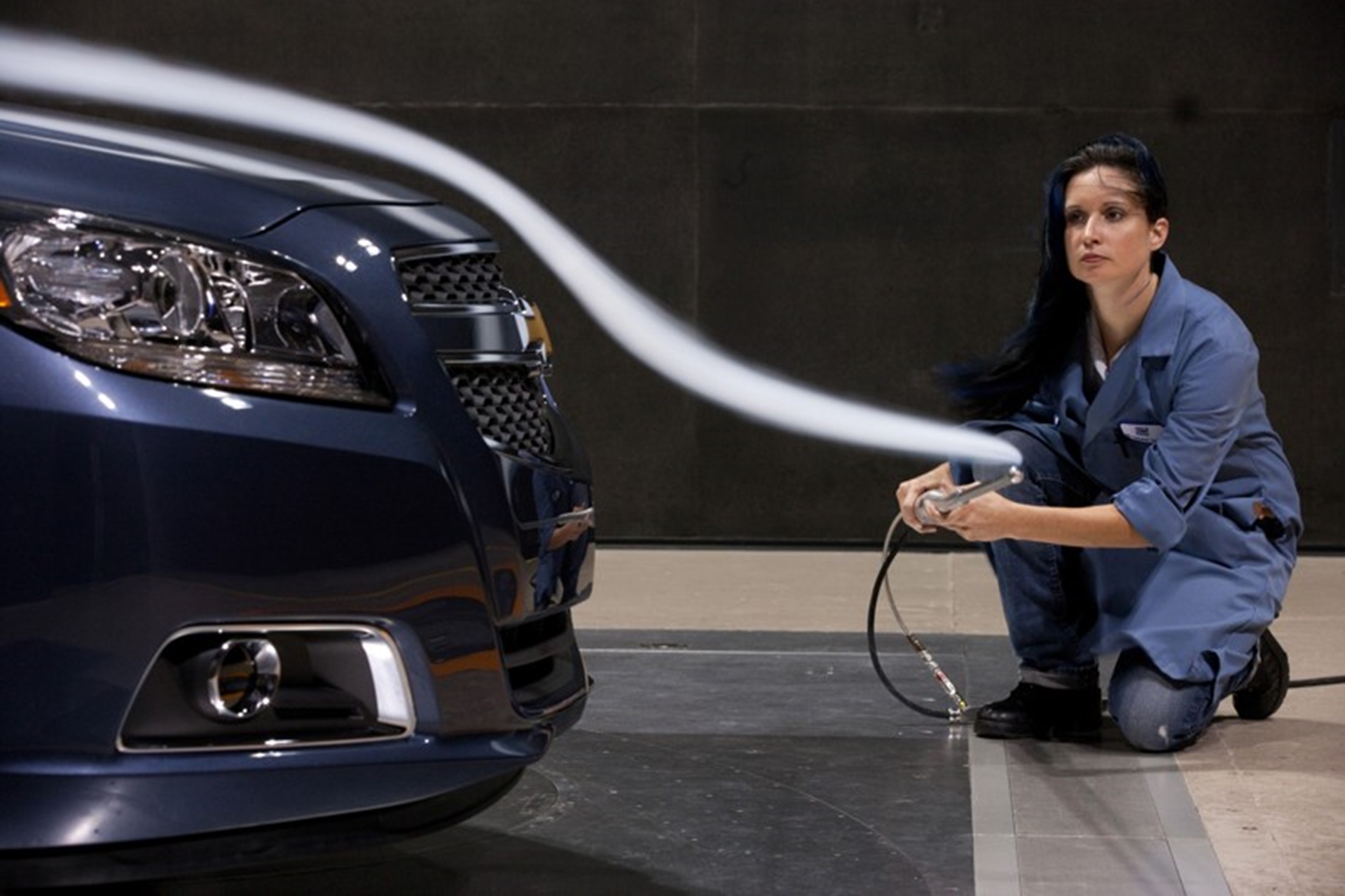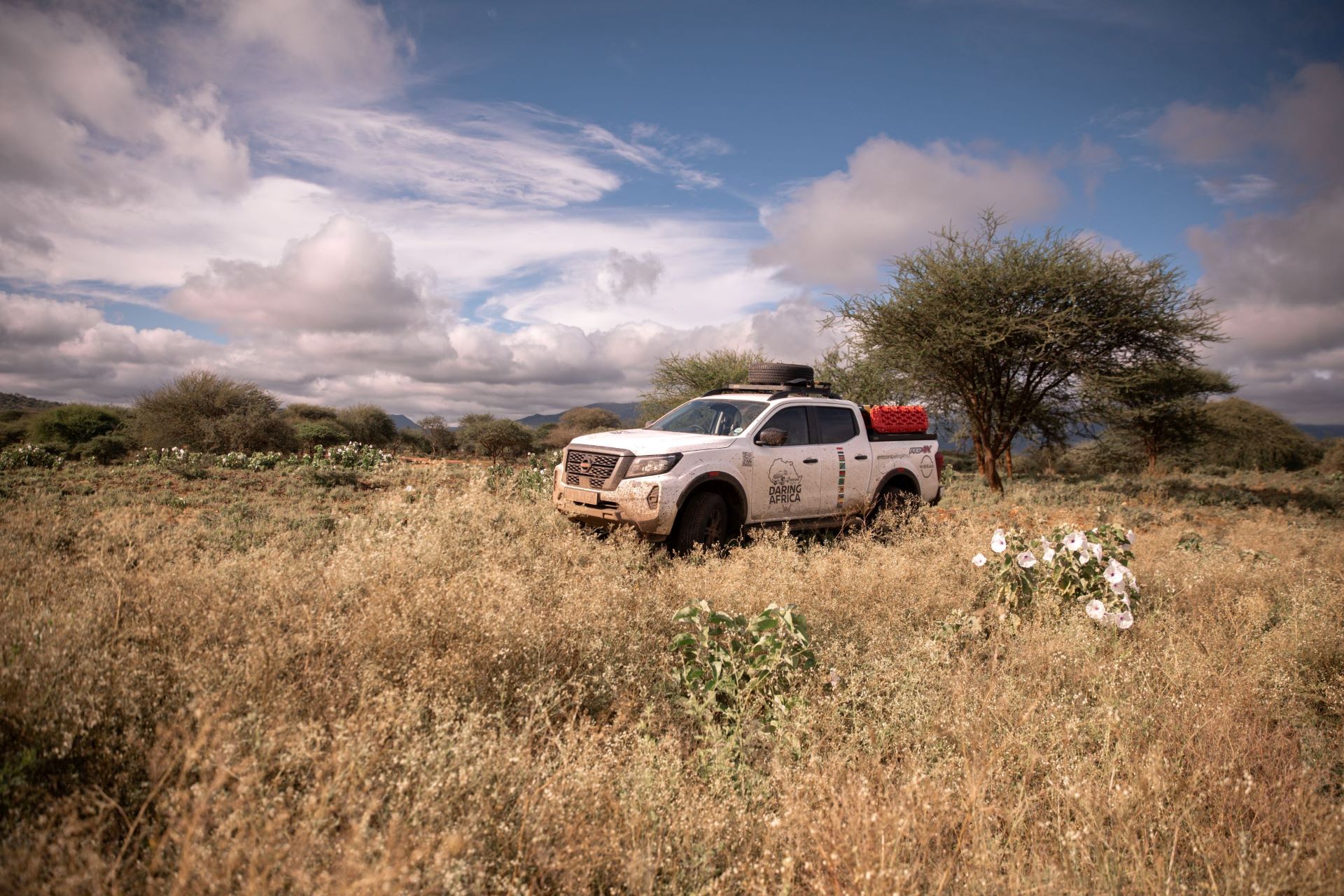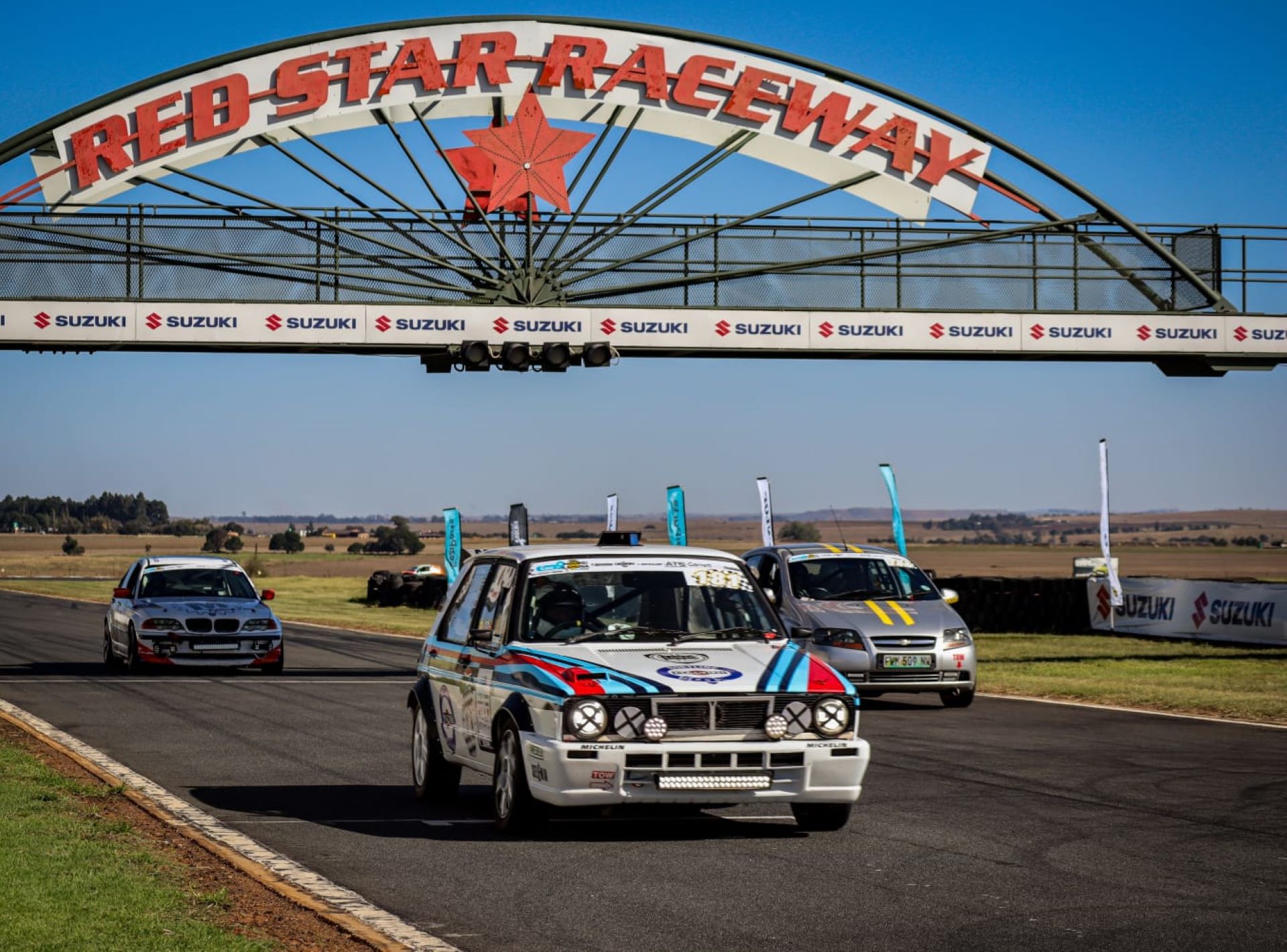DETROIT – Segment-best ride and handling was a fundamental element for dynamic engineers, as they calibrated the all-new 2013 Chevrolet Malibu sedan for customers in 100 markets on six continents.

Benefiting from continuous refinement of an award-winning global architecture, the global development team matched the car’s resized proportions – including wider front and rear tracks – with more direct steering and advanced chassis control systems. Architecture refinements produced a Malibu with European-style precision and comfort tailored to North America’s diverse range of driving conditions.
“Our development team has been everywhere with the new Malibu, tuning the ride on rural backroads, suburban boulevards, urban freeways and just about every other type of road imaginable,” said Mark Moussa, global chief engineer. “The result is the most finely tuned Chevrolet midsize sedan ever, with controlled dynamics in all driving conditions.”
A roster of integrated elements enable the dynamics of Malibu’s driving experience, including:
■A solid body structure as stiff as any in the global midsize sedan market, enabling more precise tuning and dynamic vehicle control
■Proven and refined MacPherson strut front and four-link rear suspensions
■Hydraulic ride bushings and isolated lower A-arms that enable a more quiet and refined ride
■A premium rack-mounted electric power steering gear by ZF Steering Systems for smooth, precise responsiveness and greater on-center feel
■Chassis control technologies include StabiliTrak electronic stability control, with full-function traction control, electronic brake force distribution, brake assist system and corner brake control
■Large, ventilated front disc and solid rear disc brakes, clamped on by aluminum calipers, which deliver a 134-foot (41 m) stopping distance from 60 mph with 17-inch wheels – or eight feet (2.4 m) shorter than the current Malibu with 17-inch wheels (142 feet / 43.2 m).
“Whatever the surface, you feel connected to the road in the new Malibu, while also being comfortably isolated from the imperfections and noise of the road,” said Moussa. “The feel behind the wheel is like that of premium sedans that cost thousands more, with a great feeling of control at highway speeds and excellent maneuverability at low speeds.”
All 2013 Malibu models feature mass-reducing parts and systems designed to reduce the overall weight and optimize fuel economy. Examples include:
■Aluminum hood
■Aluminum rear suspension knuckles
■Aluminum rear bumper beam
■Single-exhaust system
■Laminated front side window glass
■Dissipative dash mat
■Dissipative carpeting
■Tire inflator kit (in place of spare tire) – standard on Malibu Eco
■Body structure optimization.
Collectively, the lightweight parts and systems represent about 130 pounds (58 kg) in weight savings.
Strong structure and new proportions
Malibu ’s greater feeling of control starts with the body-frame integral foundation. The body structure is 20-percent stiffer than the model it replaces, which translates to a more solid feel for passengers as well as enabling more precise calibration of the suspension and chassis components. More precise suspension tuning supports the car’s increased feeling of control.
The stiff body structure is composed of about 65 percent high-strength steel and ultra-high-strength steel. A finite element model computer program was used during development to ensure the optimal shape and forms of the steel, thereby eliminating unnecessary material that would add weight and detract from the Malibu’s overall ride and handling performance – and affect fuel efficiency.
Integrated within that stiffer body structure are new proportions that provide a wider stance. Compared to the outgoing model, the 2013 Malibu’s 107.8-inch (2,738 mm) wheelbase is 4.5 inches (114 mm) shorter, but with front and rear tracks – 62 inches each (1,574 mm) – that are 2.5 inches (63 mm) wider in front and 2.0 inches (51 mm) wider in the rear, which helps the Malibu feel more planted in turns.
Dual paths and four links
The benefit of experience with the Malibu’s architecture helped engineers dial in a greater degree of control through the front and rear suspensions. They are composed of a compact, low-mass strut design in the front and a multi-link design in the rear with a higher degree of tuning and the incorporation of premium features. Highlights include:
■ MacPherson-strut front suspension with dual-path mountings , which separates the transfer of spring damper loads to the body to a smoother-feeling ride and an enhanced feeling of control.
■ Side-load-compensated strut modules are designed to reduce the sliding friction caused by the bending load on the strut that is common in most suspension geometries, for more precise suspension tuning. This configuration also enabled the front wheels to be moved farther out to enhance stability.
■ Aluminum steering knuckle/strut carriers and control arms are used to minimize un-sprung weight, optimize weight distribution throughout the front suspension and intended to foster a more nimble driving feel.
■ A direct-acting front stabilizer bar enables a more direct and immediate feeling to steering inputs. It is mounted to the rear portion of the engine cradle, with each end of the bar connected to the front struts. This hollow bar is also lighter than a solid bar.
■ Isolated lower A-arms , with integrated ball joints, are attached via two mounting points on a sub-frame that, in turn, is mounted with four isolators to the body structure. This provides a firmer foundation for the A-arms, which helps engineers tune the suspension more precisely, while also reducing noise and vibration that could be transmitted to the interior.
■ Hydraulic ride bushings in the front control arms deliver a higher degree of ride isolation, quieter performance and more controlled transfer of road inputs.
■ A four-link rear suspension intended to contribute to the car’s controlled feel, with a direct-acting performance and precise calibration, thanks to its mounting directly to the stuff body structure. The four links include an upper camber link, two lower links and a trailing link. The suspension also features a hollow-section stabilizer bar.
■ A family of 16 -, 17-, 18- and 19-inch five-spoke wheels and tires is matched with suspension tuning specific to each wheel size intended to optimize ride and handling. The Malibu Eco features 17-inch aluminum wheels matched with low-rolling-resistance tires.
Electrifying steering
Another element of Malibu’s greater feeling of control is the integration of rack-mounted electric power steering technology on all Malibu models. It is a dual-pinion system – one for steering and the other to move the rack –designed to deliver excellent response and on-center characteristics. It also helps save fuel because engine power isn’t required to turn it, as is the case with conventional hydraulic systems.
A premium steering gear by ZF Steering Systems is used on the Malibu. It is known for torsional stiffness and lower operating friction, which is intended to enhance the steering feel with almost perfect linear response. Additionally, the steering column and intermediate shaft feature stiff, direct-acting and low-friction ball bearing designs. That means there is almost no “lash” in the entire steering system, which should translate to a more immediate and connected-to-the-road feel for the driver.
Variable-effort steering is offered on the Malibu. It increases the level of power assistance during low-speed maneuvers, such as parking, and decreases at higher speeds.
Confident chassis control systems
A collection of electronically controlled chassis systems is designed to enhance overall ride and handling qualities and help make for a safer journey. All are part of the StabiliTrak electronic stability control system, which also incorporates full-function traction control. This progressive system reacts indiscernibly for the driver and continually adjusts to accommodate the driving situation. In most driving situations, it enhances the feeling of control without the driver knowing it.
When a situation arises that requires a higher level of electronic intervention – signaled by inputs detected by a yaw sensor mounted in the center of the vehicle – StabiliTrak will modulate the brakes at the individual wheels, reduce power or do both to help the Malibu’s driver remain in control. The system incorporates advanced braking features to assist in a variety of conditions, including:
■ Cornering Brake Control is activated when the car is braking while cornering. Brake pressure is individually varied among all four wheels to keep the car stable.
■ Brake Assist helps the driver in emergency braking situations, giving the driver a higher deceleration gain than would be possible from the regular brake system booster.
The Malibu’s brake system consists of four-wheel discs, featuring 11.7-inch (296 mm) vented front discs and aluminum calipers at all corners. A four-channel anti-lock system is tied in with StabiliTrak to provide more control in wet and icy conditions.
Beyond the size and specifications of the Malibu’s brakes, they were tuned to provide a strong, confident feel and deliver braking performance that is expected to be among the best in the segment.


